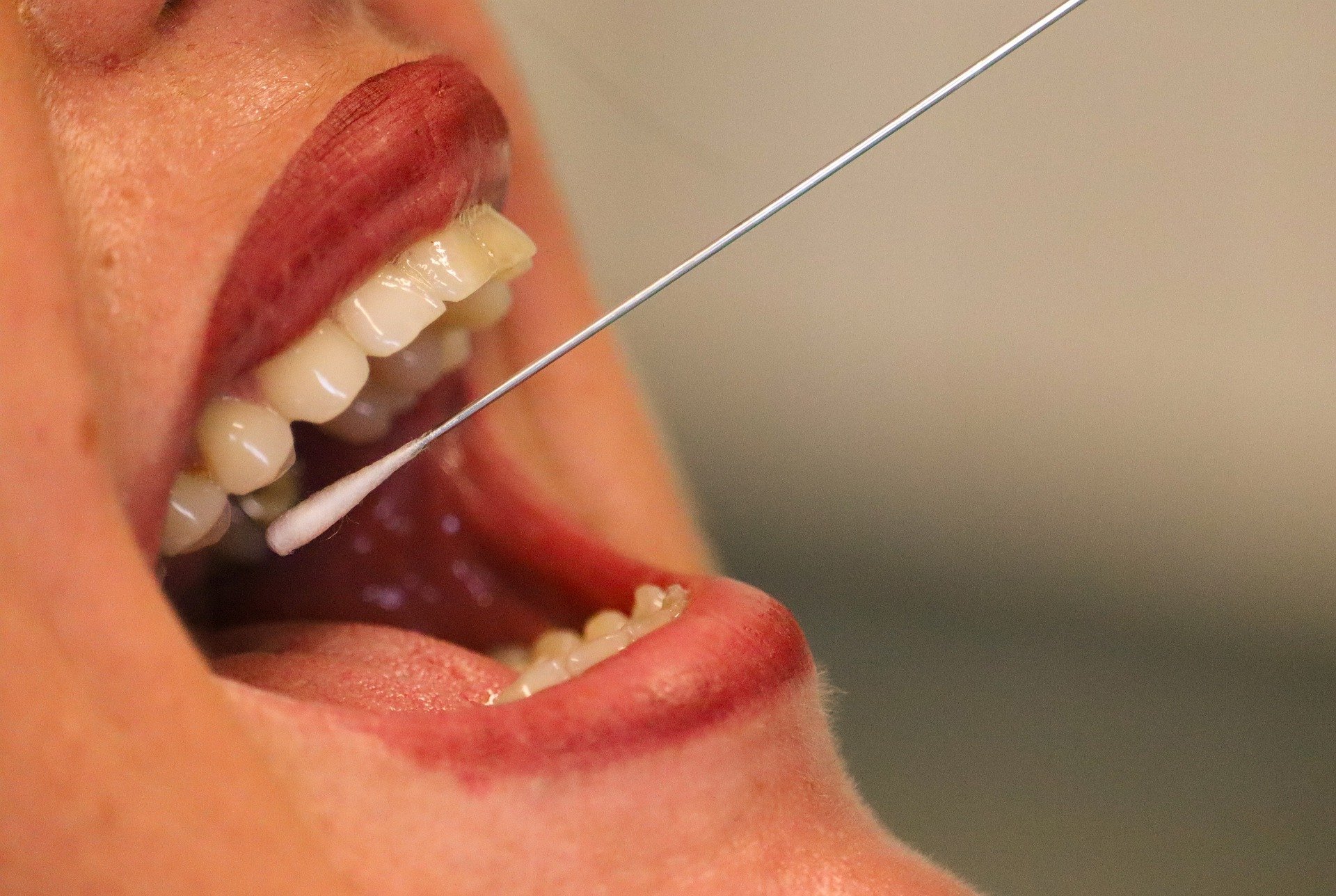
What has been increasingly discussed for some time has now been confirmed in a study by researchers from the Faculty of Medicine at the University of Duisburg-Essen (UDE), Germany. In the renowned Journal of Infection, they report that the results of RT PCR tests alone are not meaningful enough to be used as a basis for pandemic control measures.
According to the research, even positive test results do not provide sufficient evidence that people infected with the SARS-CoV-2 virus can infect others. Together with colleagues from the University of Münster and the MVZ Labor Münster, the scientists evaluated around 190,000 results from more than 160,000 people to reach this result.
Lockdowns based on incorrect numbers?
PCR tests are considered the non-plus-ultra for detecting infection with the coronavirus, and not only in Germany. These tests are then used to determine the number of new infections per 100,000 inhabitants nationwide – the so-called incidence value. In turn, federal and state governments use this figure to justify anti-corona measures such as contact restrictions, curfews, retail and restaurant closures, etc. But researchers from Essen and Münster have now called these decisions into question.
“According to our study, a positive RT PCR test alone is not sufficient proof that those tested can also transmit the coronavirus to other people,” says lead author Prof. Andreas Stang, director of the Institute for Medical Informatics, Biometry and Epidemiology (IMIBE) at Essen University Hospital. “The final calculated number of SARS-CoV-2 people who tested positive should therefore not be used as a basis for pandemic control measures such as quarantine, isolation or lockdown.”
The Netherlands as a role model?
According to the scientists, data from other areas should also be included to assess the pandemic situation. “More appropriate, for example, would be reliable data on intensive care bed occupancy as well as mortality, or the respective number of deaths associated with COVID-19,” suggests epidemiologist Prof. Stang, who together with colleagues studies the impact of epidemics on societies.
In other countries such as the Netherlands, the same approach is already being taken. Although they also look primarily at incidence values, they also take into account the number of hospital admissions and COVID-19 patients in intensive care units.
High Ct value = Low risk of infection
The German researchers also suggest including the so-called cycle-threshold value (Ct value) in the future to improve the informative value of the PCR value when assessing the pandemic situation. This threshold cycle value could be used to make statements about the risk of infection by those infected with the coronavirus.
It is currently assumed that someone who has tested positive for coronavirus is no longer infectious at a Ct value of 25 or higher because the viral load is too low. “On average, about 60 percent of those tested with COVID-19 symptoms had these high Ct levels. In weeks 10 to 19, as many as 78 percent were very likely no longer infectious,” Prof. Stang emphasized. “Also, interviewing people tested regarding their COVID-19 symptoms would help to better evaluate the results of RT PCR tests.”
Also of interest:
New monoclonal antibodies ready to detect coronavirus
Faster corona lab tests thanks to compact ceramic temperature changers
Corona, leadership and failure in Germany
Study examines impact of corona restrictions on psyche (German only)

